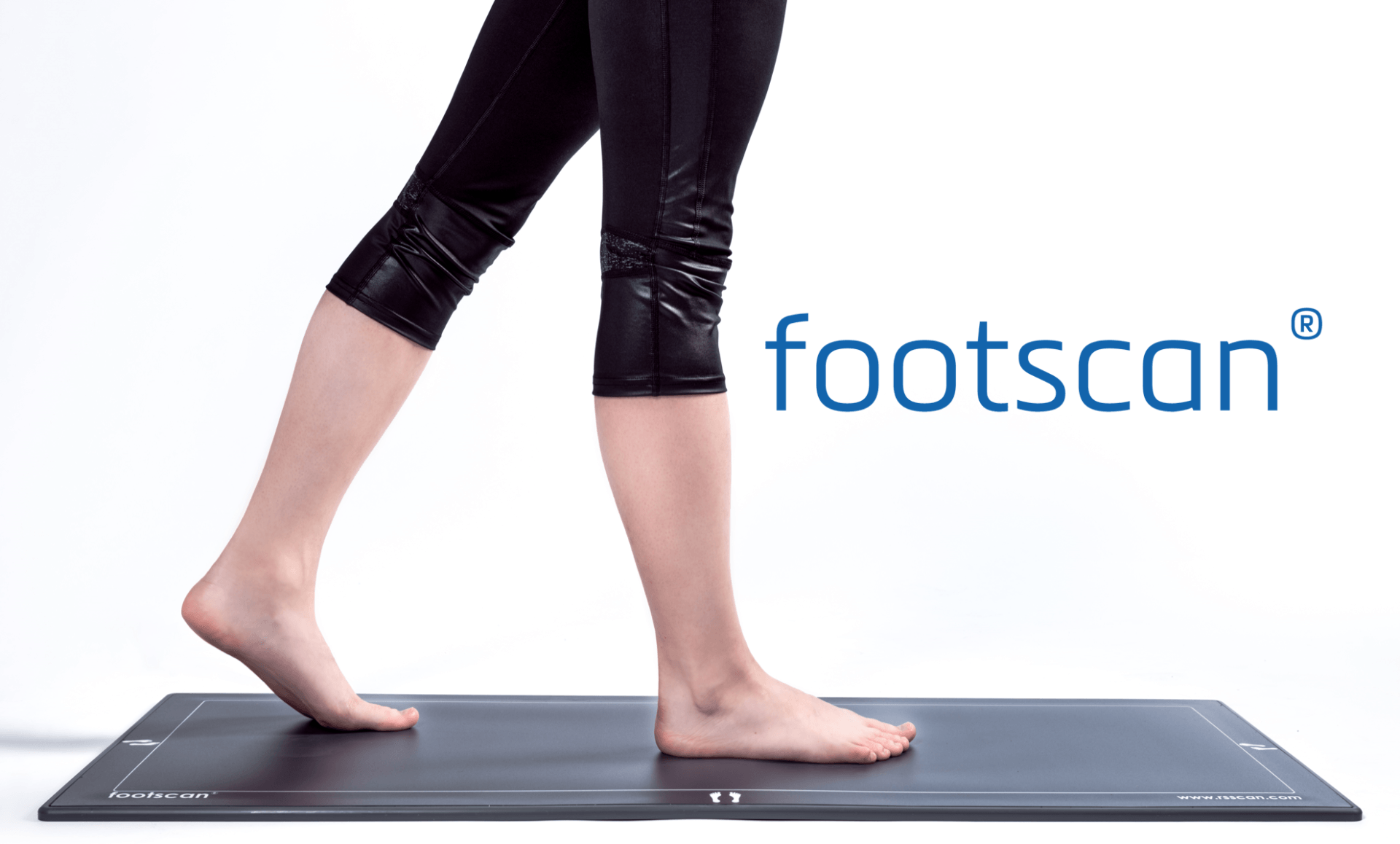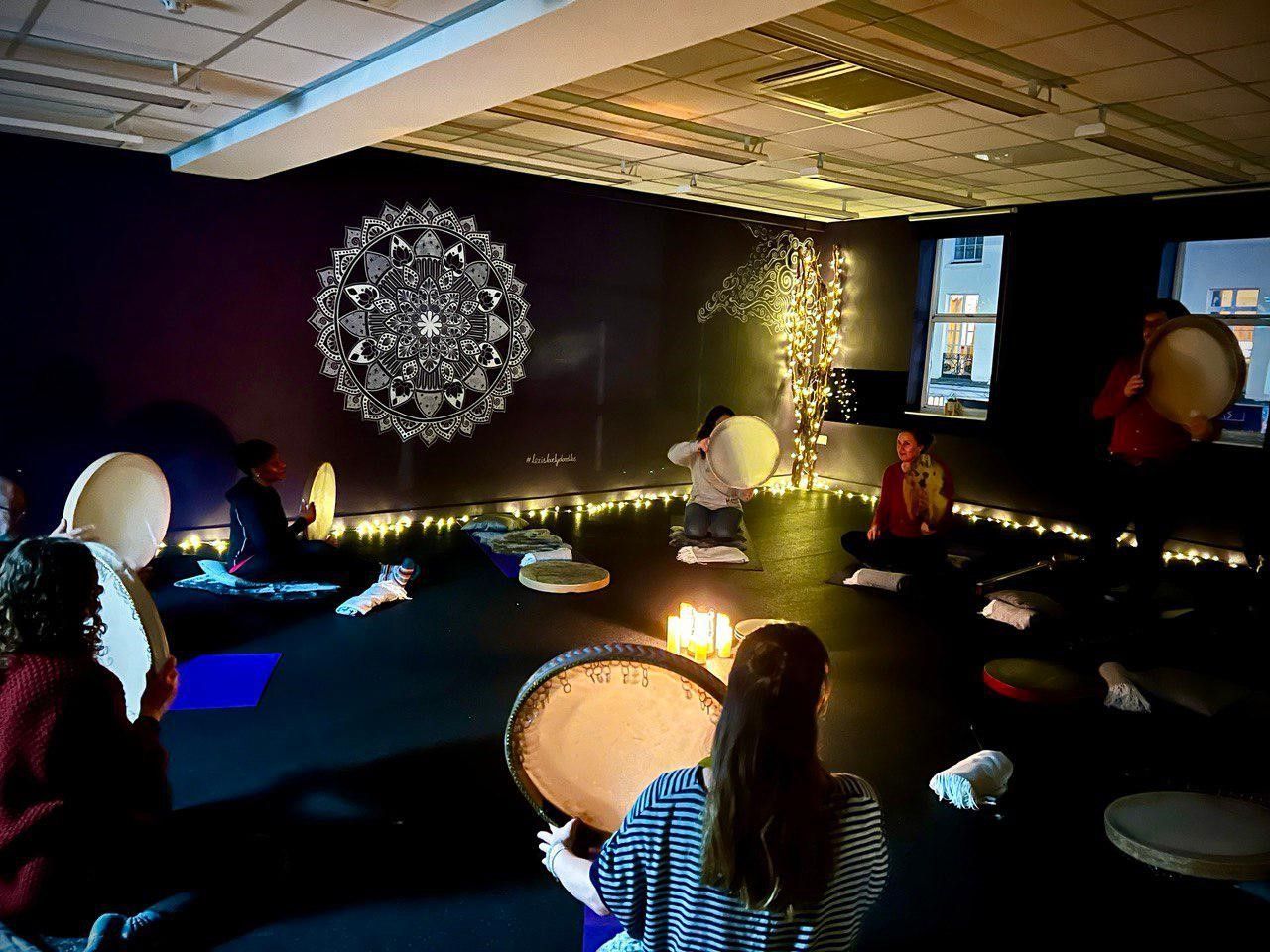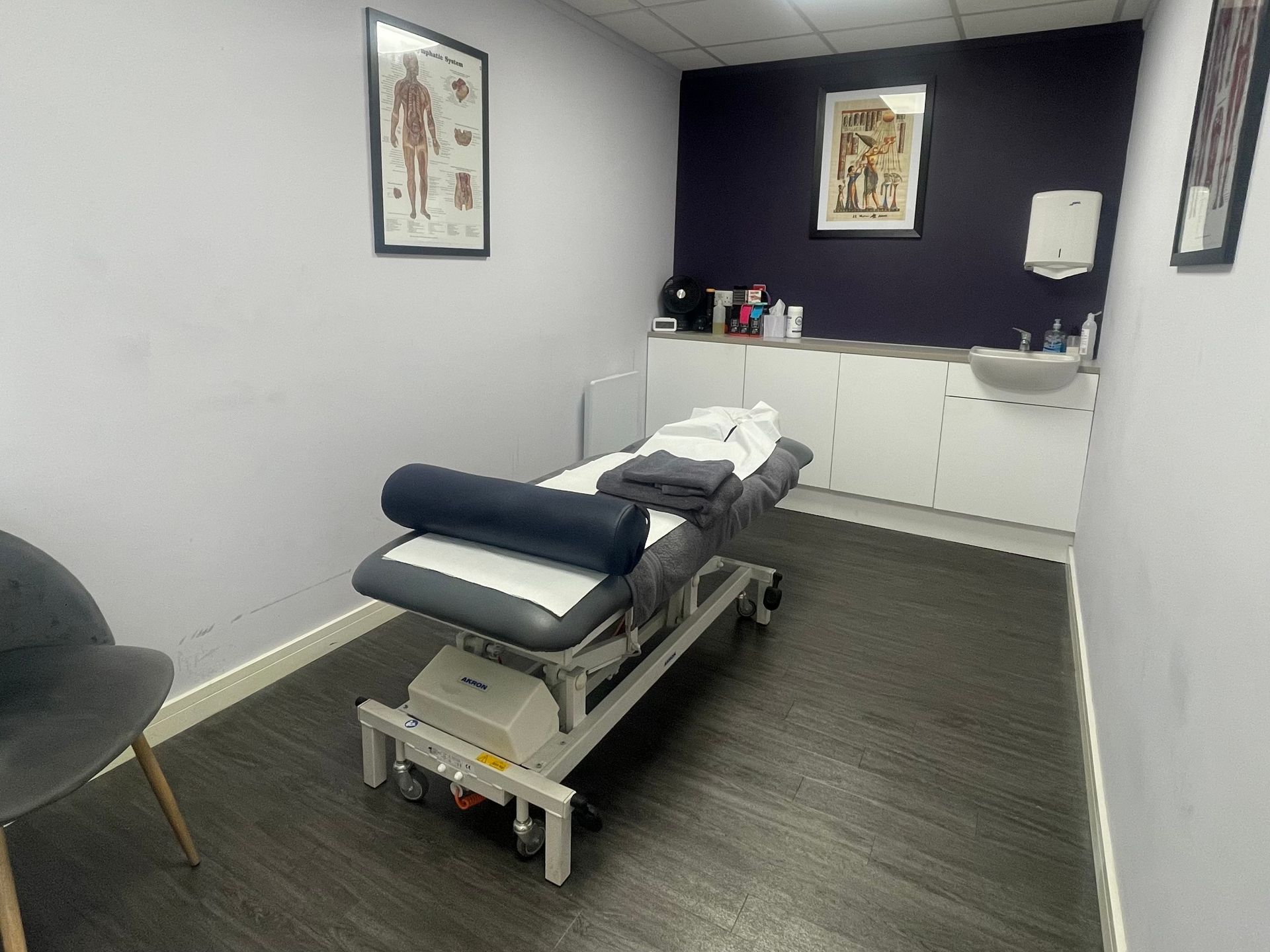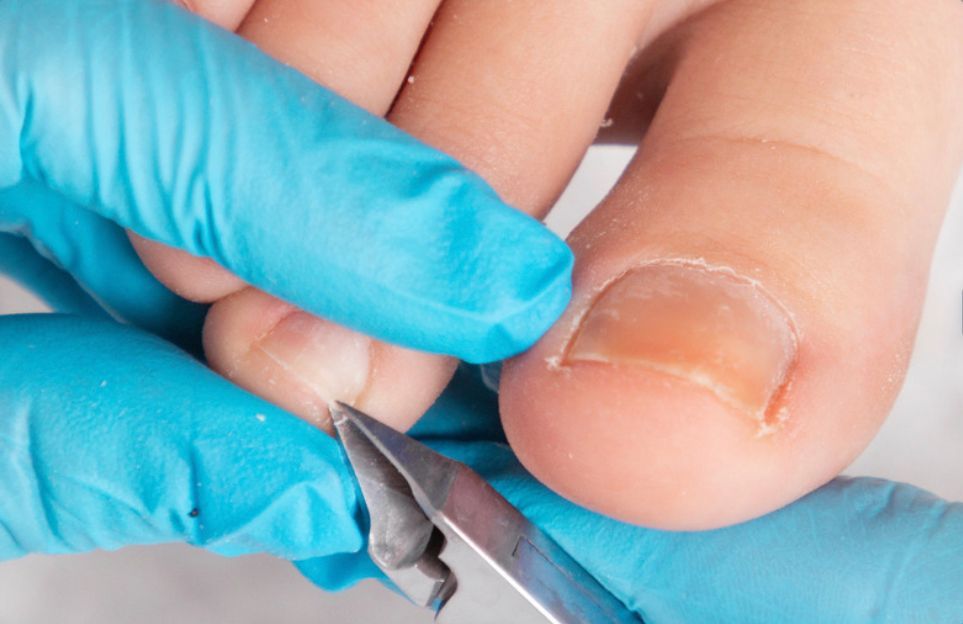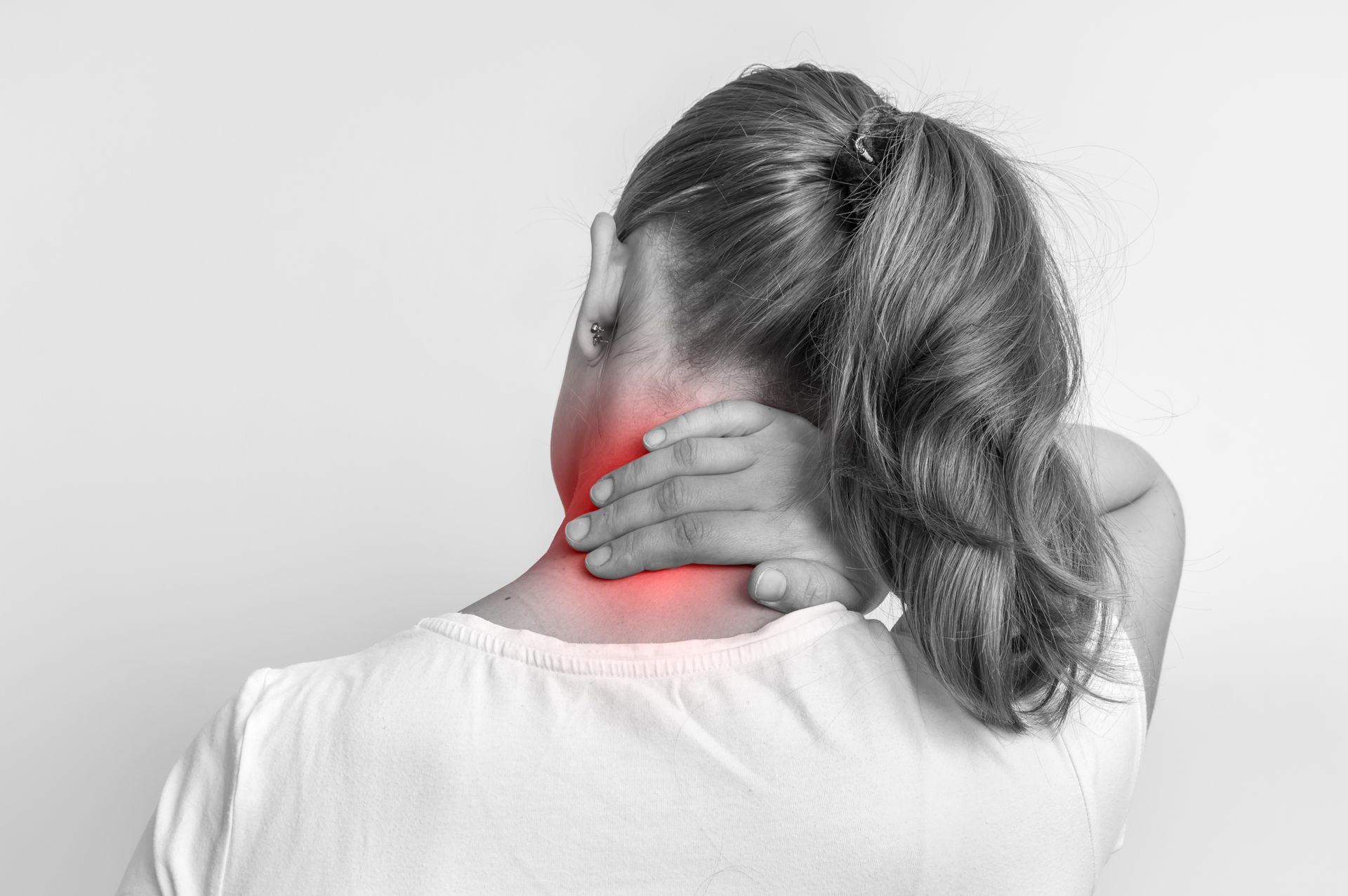Why is Gait Analysis useful?
All you need to know about Gait Analysis
What is gait analysis?
The study of human movement; walking or running by an expert eye, increasingly with the use of technology for accurate data. ‘Footscan’ developed by Gait and Motion UK is the first ever system developed that allows dynamic assessment of gait abnormalities and asymmetries. This enables a Podiatrist to see areas of high pressure loading on your feet during different activities.
Why is gait analysis important?
It can identify posture or movement related problems in people with injuries or living with pain, and for athletes gait analysis can be used to fine tune their performance and avoid injury. Low grade repetitive stress can cause underactive or overactive muscles which can cause imbalances and lead to injury.
Did you know that each foot has 26 bones - it’s a very complex structure!
What are the main functions of the foot?
- Absorbing shock during activity
- Providing a flexible, stable platform
- Having a good range of motion
- Forming a rigid lever to propel the body forwards
What is observed in gait analysis?
Your whole body is observed in gait analysis! Head position, shoulder height, arm swing, pelvis position, step and stride length, stance, hip, knee and foot movements. With the aid of technology pressures on the feet whilst standing, walking or running can be recorded and analysed. Problems in the way our feet load and propel off the ground can cause problems further up the body including ankle, knee, hip and back pain. Looking at every structure allows us to question if each nerve, muscle, tendon, ligament is doing what it should be doing?
Surely I just need a good pair of trainers?
Whilst many people have been advised on what trainers to buy based on heel angle on a treadmill or arch height, there is no scientific research to support this approach. Some studies have tried to analyse shoe type (neutral / pronator / stable) but there is no consistent evidence and the conclusion is; comfort is best!
If you are suffering from a specific pain or injury you should be expertly assessed by podiatrist both non weight baring and walking (running if needed) and both barefoot and in shoes. Additionally the wear pattern on old shoes is examined, the shape of your feet and range of movement within the joints. Other clues as to how your feet move are if you develop any corns, calluses and blisters.
What medical conditions can alter gait?
- Diabetes, if uncontrolled, can cause damage to the nerves in the feet therefore leading to a loss of sensation and pain detection. This means they also then tend to lift their knees up higher when they walk. If you have diabetes you should be regularly monitored by a Podiatrist to minimise the risk of complications.
- Nerve damage in the spine can cause ‘foot drop’ on one side. This means the knee has to be brought up higher to move forwards.
Can having your gait analysed improve your performance?
Improving function allows faster and harder performance. An underlying imbalance can contribute to your foot, ankle, leg, knee, hip or back pain.
Are you wanting to increasing mileage running or cycling?
Are you performing the right exercises to maximise your foot function?
Do your shoes provide the right support?
Could bespoke 3D printed orthotics help your function?
Greater comfort equals better performance.
